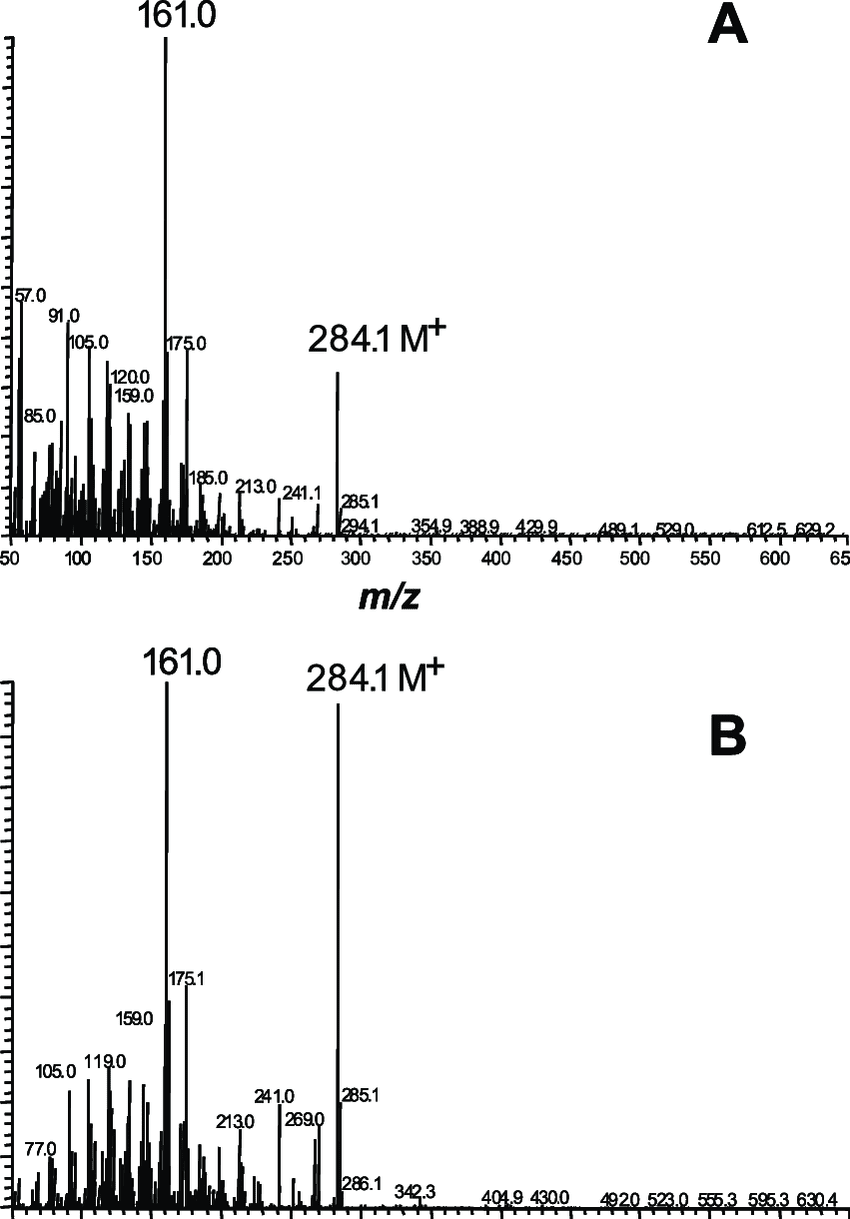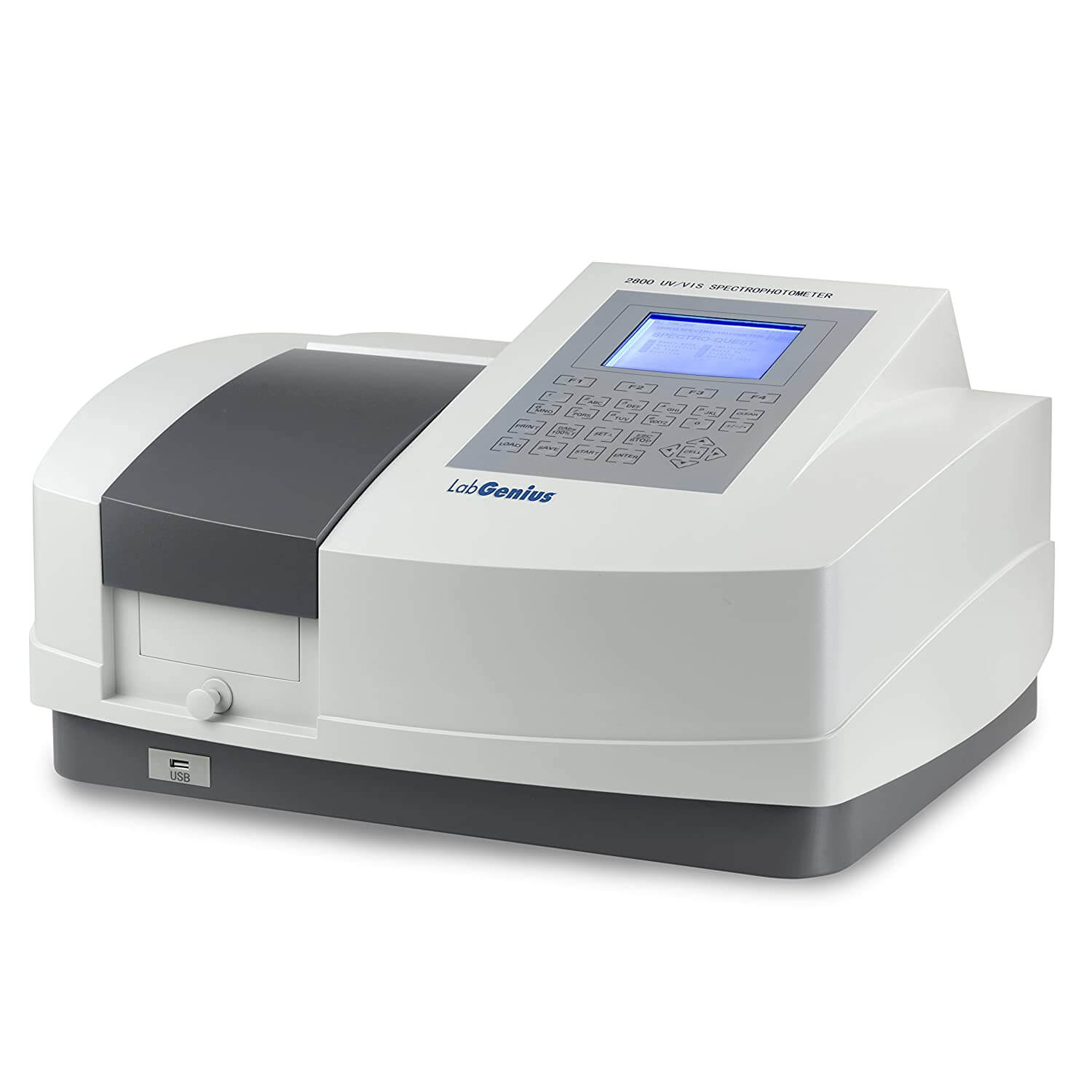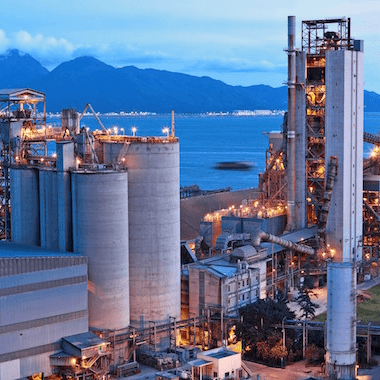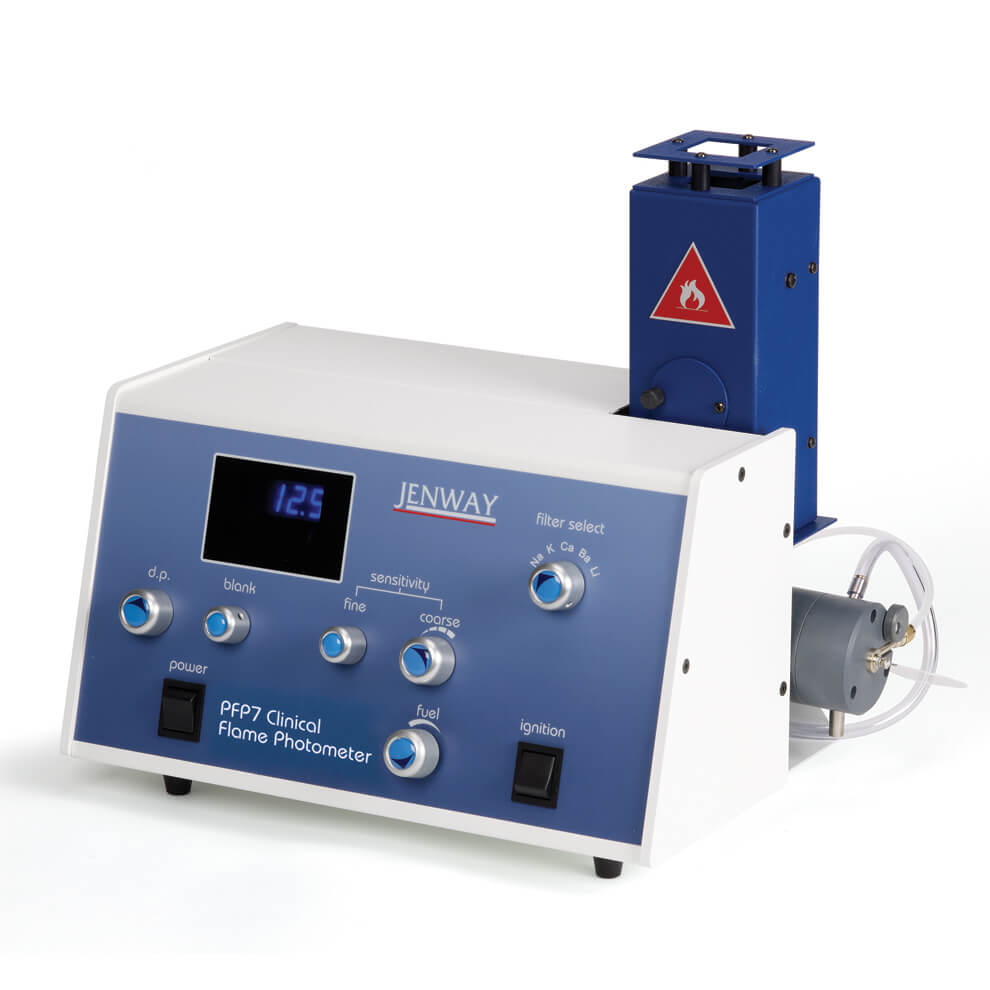

(Gas Chromatography/Mass Spectrometry (GC/MS
The Gas Chromatography/Mass Spectrometry (GC/MS) instrument separates chemical mixtures (the GC component) and identifies the components at a molecular level (the MS component). It is one of the most accurate tools for analyzing environmental samples. The GC works on the principle that a mixture will separate into individual substances when heated. The heated gases are carried through a column with an inert gas (such as helium). As the separated substances emerge from the column opening, they flow into the MS. Mass spectrometry identifies compounds by the mass of the analyte molecule. A ÒlibraryÓ of known mass spectra, covering several thousand compounds, is stored on a computer. Mass spectrometry is considered the only definitive analytical detector.
Applicability
GC/MS is a technique that can be used to separate volatile organic compounds (VOCs) and pesticides. Portable GC units can be used to detect pollutants in the air, and they are currently used for vapor intrusion investigations. However other uses of GC or MS, combined with other separation and analytical techniques, have been developed for radionuclides, explosive compounds such as Royal Demolition Explosive (RDX) and Trinitrotoluene (TNT), and metals.
Gas Chromatography-Mass Spectrometry (GC-MS) Applications
Medicine
GC-MS is used in screening tests for the detection of several congenital metabolic diseases. It detects trace levels of compounds present in the urine of patients with genetic metabolic disorders. It can also detect the presence of oils in ointments, creams, and lotions.
Environmental Monitoring
Monitoring environmental pollutants is a major application of GC-MS. It is widely used in the detection of dibenzofurans, dioxins, herbicides, sulfur, pesticides, phenols, and chlorophenols in air, soil, and water.
Food and Fragrance Analysis
Aromatic compounds such as fatty acids, esters, aldehydes, alcohols, and terpenes present in food and beverages can be easily analyzed using GC-MS. The technique can also be used to detect c spoilage or contamination of food. The analysis of a wide range of oils such as lavender oil, olive oil, spearmint oil, and essential oils, perfumes, fragrances, allergens, menthol, and syrups is also possible using GC-MS.
Forensic Applications
Using GC-MS, fire debris analysis can be performed as per the American Society for Testing Materials (ASTM) standards. GC-MS is widely used in forensic toxicology to identify poisons and steroids in biological specimens and in anti-doping labs to detect performance enhancing drugs such as anabolic steroids.
Biological Analysis
GC-MS can be used for the bioanalysis of body fluids to detect narcotics, barbiturates, alcohols, and drugs such as anticonvulsants, anesthetics, antihistamines, sedative hypnotics, and anti-epileptic drugs. It is also useful in detecting pollutants and metabolites in serum and in fatty acid profiling in microbes.
Industrial Applications
GC-MS is ideal for the analysis of inorganic gases and aromatic solvents, detection of impurities and allergens in cosmetics. It is also used in the synthesis of cellulose acetate, polyethylene, polyvinyl, and synthetic fibers.

Specialized analysis of gas chromatography / mass spectrometer of Abrizan company #



